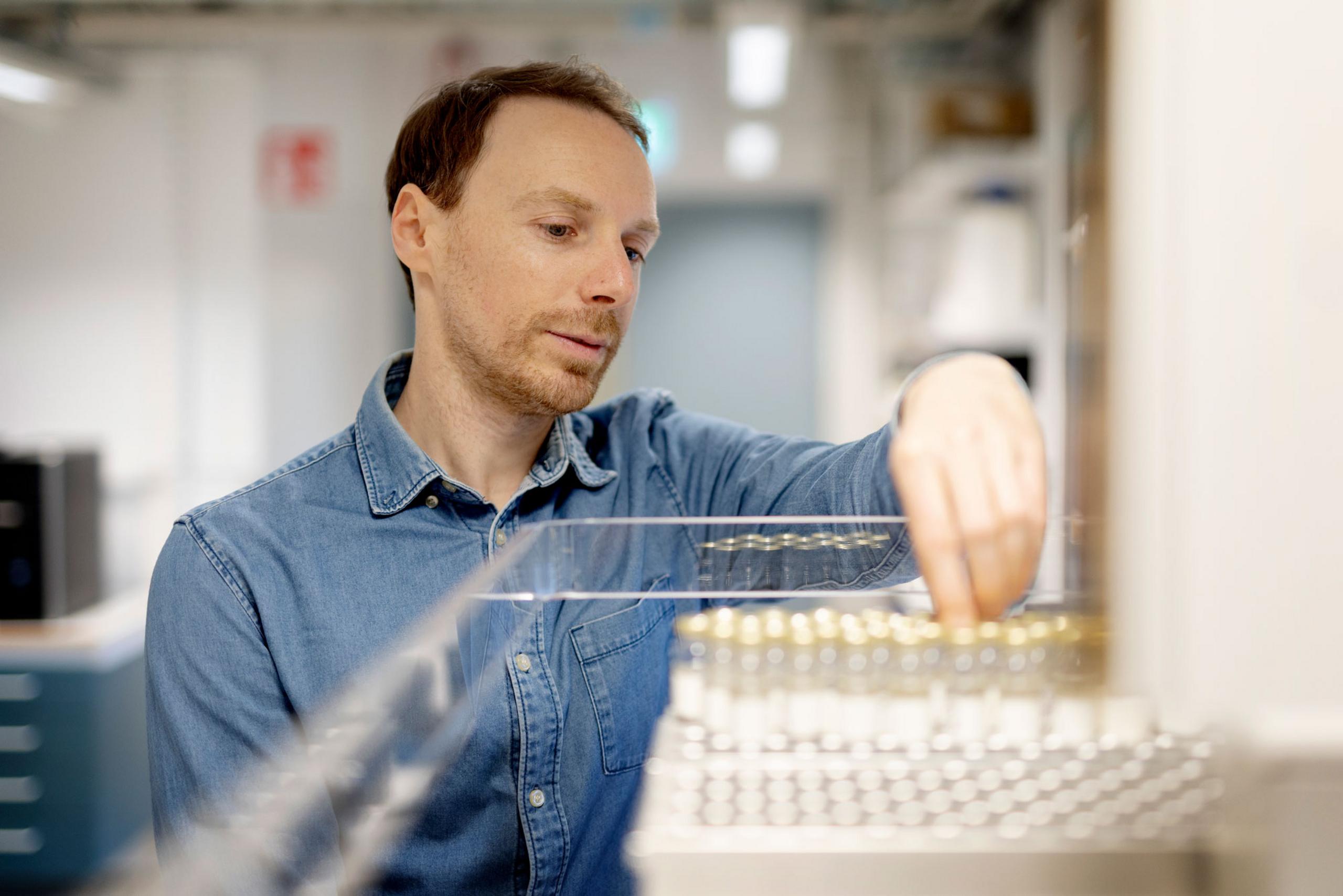 Short biography
Short biography
My main interest is to understand how ecological factors and human processes influence aquatic biogeochemical cycles. I tend to combine sea expeditions; water/sediment sampling using a vast array of devices; deployment of in situ landers; lab micro- and mesocosm experiments and incubations.
I enjoy using isotope tracers, microsensors, optodes, and other analytical techniques such as GCs, GC-IRMS, ICPs, HPLC-ESI-MS/MS, SEM. In concert with my scientific network, we complement geochemistry with molecular biology to better understand biogeochemical transformation processes and their microbial key players.
Currently, I have two projects funded by the Swedish Res. Councils VR and Formas dealing with greenhouse gas (GHG) exchange in fjords and GHG emissions from mussel farming, respectively.
Abstract
Fjords are glacial-derived estuaries and the most common type of coastal environment at high latitudes. Fjords have the highest carbon burial rate (normalized by area) than any other coastal system. This is partly because bottom waters are often stratified and can become anoxic, a condition that favors preservation of organic matter but also promotes high effluxes of carbon and nutrients from the sediment. I hypothesize that ongoing global changes may make fjords strong emitters of methane.
We have conducted >20 expeditions to temperate fjords in Sweden, Norway and Iceland where we have analyzed water column physico-chemical conditions and performed benthic lander deployments to resolve methane dynamics through time and space. We targeted fjords with contrasting conditions from anoxic, to seasonally hypoxic and fully oxic. Benthic fluxes were the highest at the deepest sites in the anoxic By Fjord, supporting high bottom water methane (>5 µmol L-1). Both natural and engineered water mixing events displaced methane-rich bottom waters, enhancing upper water concentrations, and driving high sea-air fluxes. Oxic fjords often host higher methane concentrations in the surface and middle water column layers compared to bottom waters suggesting either strong freshwater discharge of methane or phytoplankton-associated production.
Upscaling of all literature available emissions fluxes combined with our new results suggests that fjords globally may emit up to ~1 Tg methane yr-1, which is comparable to emissions from shallower and warmer systems such as lagoons and tidal estuaries. Therefore, despite their small global area, fjords may be hotspots of methane release. Ongoing deoxygenation and temperature rise may enhance methane emissions from fjords.
Arranged date for the seminar talk Sep 10, 2024, 14:15-15:00, BCCR lecture room 4020.
